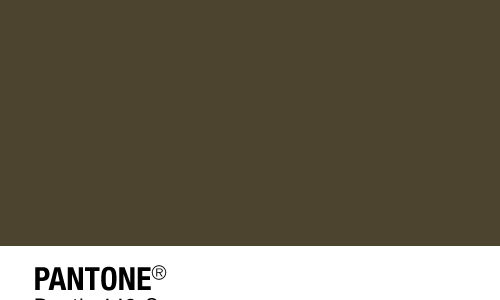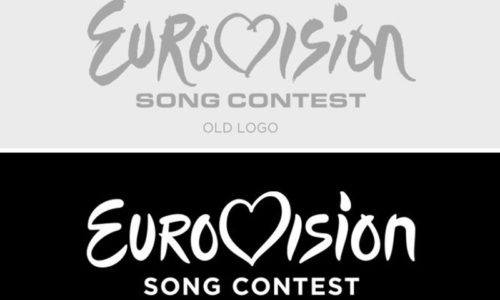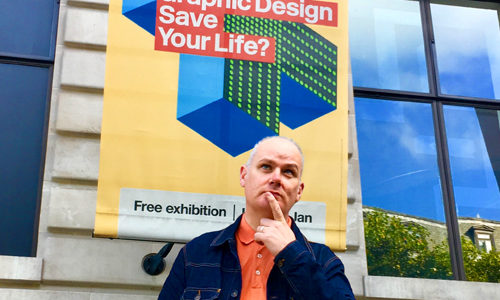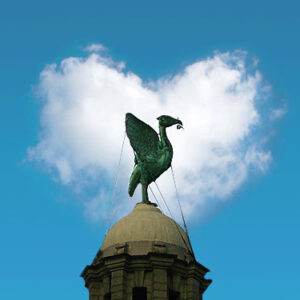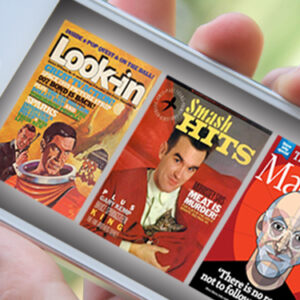
Art in the city
I had a couple of days away from Soft Octopus last week to visit London for a performance by one of my favourite bands who rarely play live. The Sound of Arrows from Sweden haven’t done a gig in over four years, so it would have been a massive missed opportunity not to take a trip to catch them live. It was well worth it.
While I was in the capital, I took advantage of my Tate membership and caught a couple of shows I was keen to see: The World Goes Pop and a career spanning retrospective of Frank Auerbach. As a fan of Pop Art I was interested to see some more obscure examples of the genre away from the usual North American suspects – Warhol, Lichtenstein, Haring, Koons etc. You can find out more at the link for Tate Modern above, but I really didn’t enjoy the show as much as I thought I would. I found the installation and show construction unpleasant, signage was on the floor and wooden plinths barred closer inspection of the pieces, which made for a poor and less than engaging experience.
An hour or so later, after a lovely walk along the Thames, I arrived at Tate Britain for the Frank Auerbach show. I’ve always liked Auerbach’s work, the confidence in his use of oils and acrylics is something I could only ever dream of grasping. His use of paint is almost sculptural, layered so thickly that it stands out inches from the canvases. Traditional subjects such as buildings and skylines, and even studies of people are given stark new life, frozen in layers of paint that can take weeks or months to build up. The concept and originality of the approach is as interesting as the end result for me, and to see them up close was enthralling. Further information about Auerbach’s body of work can be found at: www.artsy.net/artist/frank-auerbach
Dover Street is perhaps not that well known to most people for its art galleries, but I always enjoy seeing what’s on there and it was a delight to discover that Christian Hook’s show had opened the night before. Hook won Sky Arts Portrait Artist of the Year in 2014 and I loved what I saw in that series. Interestingly, he cites Auerbach as one of his inspirations and seeing the two shows in one day really made perfect sense. The work is spectacular, and again, he has a style all of his own. He uses paint in an almost mechanical way, ‘glitching’ the surface with abstractions and artefacts that one is used to seeing in digital art, pixelations and repeats are emphasised as part of the art and they add so much energy to the pieces. This is interesting to me as a digital based designer, as I spend a lot of my time removing such imperfections from images. The show is on at Clarendon Fine Art until the end of the month. More information on Christian Hook is available here: Christian Hook.
Finally, as I was heading to Euston to travel back up North, it made sense to catch Alice Anderson’s acclaimed Memory Movement Memory Objects installation at The Wellcome Foundation. The premise is simple but the process is not. Anderson, with her helpers, take everyday objects of varying scales, from a one penny piece to a real car, and wrap the ephemera in the finest copper wire. The items are displayed beautifully and glow like jewels under their spotlights. This was particularly effective in the completely black room where all you could see were the radiant objects, glowing in the darkness. I loved that the mundane was treated as objet d’art, questioning our notions about what is, and what is capable of being art.
Questioning the nature of art is nothing new, and for me, the results can often fall flat in their notoriety. A wheelbarrow wrapped in copper wire is infinitely more interesting and worthy of my appreciation and consideration that the dirty bed of Tracey Emin that I didn’t even bother to visit earlier that same day at Tate Britain.
- Blog
- Alice Anderson, Christian Hook, Frank Auerbach, Tate Britain, Tate Modern, The sound of arrows, The world goes pop., Wellcome Foundation
- October 19, 2015
